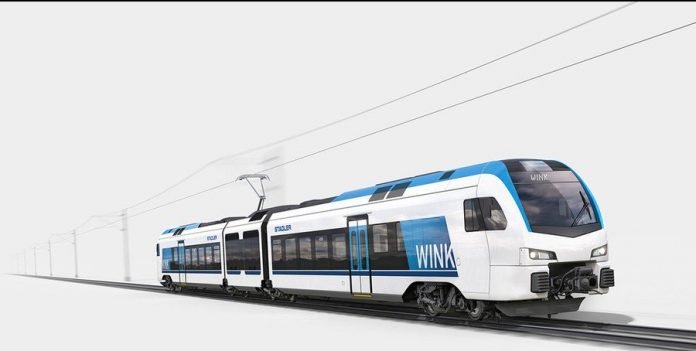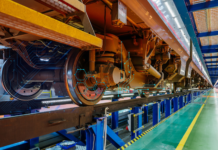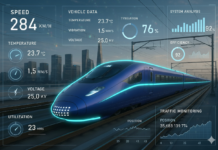Metro rail projects have hitherto been launched without significant thought going into long-term viability and sustainability. The Delhi Metro was born out of urgency, and is, therefore, fully government-funded. However, like Delhi, it is noteworthy that other Indian cities have grown organically —even beyond their carrying capacity—in size and demography, and so cannot be said to be in an early stage of development. Most have inadequate infrastructure and do not have organized urban transport systems. Hence, what needs to be done is unique—retrofitting of urban rapid transport systems in dense old cities. This makes Metro planning critical and even challenging.
A Unified Metropolitan Transport Authority (UMTA) as a statutory body is the need of the hour. This authority is envisioned to have a comprehensive mobility plan for the city, to effect coordination among various urban transport agencies and manage the district urban transport fund (DUTF). The key point that should have been underlined is that such bodies can only be effective if they are autonomous and have over-arching powers over the city police, the transport department and the civic administration. That is a core governance issue. Who should the UMTA of a city report to—the city government, headed by the mayor, or the state government headed by the chief minister? The police and transport departments report to the chief minister, whereas the urban officials report to the mayor. One model brings heft, the other efficiency.
It is correct to underline the need to involve the city government in the Metro rail system since it operates in the urban arena and urban space will have to be leveraged. In fact, Metro rail systems should be driven by city governments and they should be stakeholders, even if it was a minority stake.
The policy emphasizes financial viability and 14% internal rate of return (IRR) for approving a new Metro rail project. This is difficult to achieve without a generous subsidy from the government. At the same time, the policy expects pricing to be competitive so that public transport is encouraged. Therein lies a dilemma. How to draw the balance between competitive pricing and viability? Financial support of state government/city authorities to ensure good financial health of the agency implementing the Metro rail project is essential and will have to be provided within a well-defined framework.
The explicit commitment by the state government to uphold the spirit of transit-oriented-development and adoption of value capture framework is key to the success of a viable Metro rail system. Instructions in this regard must percolate down for this to be part of the master-planning of cities so that land use along the Metro path can be leveraged commercially and even monetized. Even today, there are high value areas in Delhi such as the Vasant Kunj mall complex without Metro connectivity. This lacuna is often exacerbated because the town planning vertical in states does not report to the city government; sometimes not even to the urban development department.
Avenues of mobilizing capital at reasonable cost should be opened for Metro rail projects. State governments should encourage implementing agencies to raise cheaper long-term debt by allowing them to issue corporate debt bonds and earmarking revenue from betterment levies. The provision of state guarantee to support corporate debt bonds issued by Metro rail companies will enable such bonds to be floated successfully.
While there is no harm in asking for the PPP model to be explored for downstream activities, it should not be made mandatory for the construction part. A private agency that is inefficient can practically paralyse the whole city. However, PPP should definitely be explored for ticketing, operations, maintenance and railway estate development. In fact, a well planned and executed PPP will be fundamental to the sustainability of the project and in reducing the life cycle cost.






